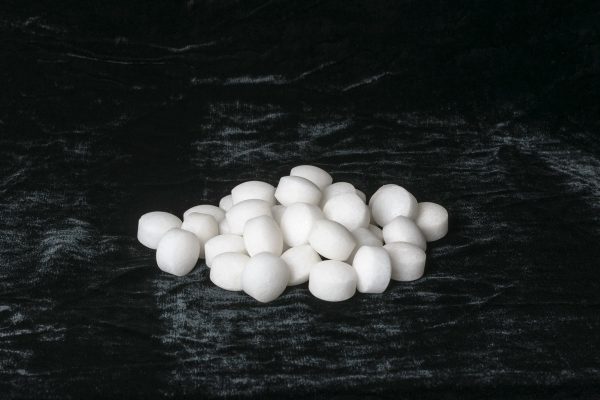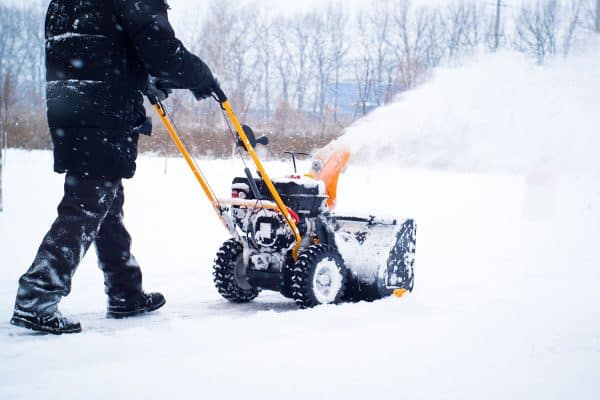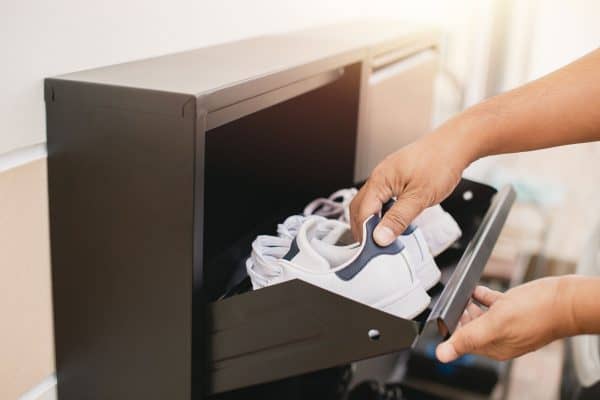Pantry shelves are a great way to organize your kitchen and make the most of your storage space. But what's the best material for pantry shelves? We've done comprehensive research on this matter to help you decide!
Several materials are perfect for pantry shelves. Some of the most common materials include:
- Wood
- Metal
- Plastic
- Glass
Keep reading as you learn some tips on choosing the suitable material for your pantry shelves. Additionally, get more ideas on designing your own pantry at home.
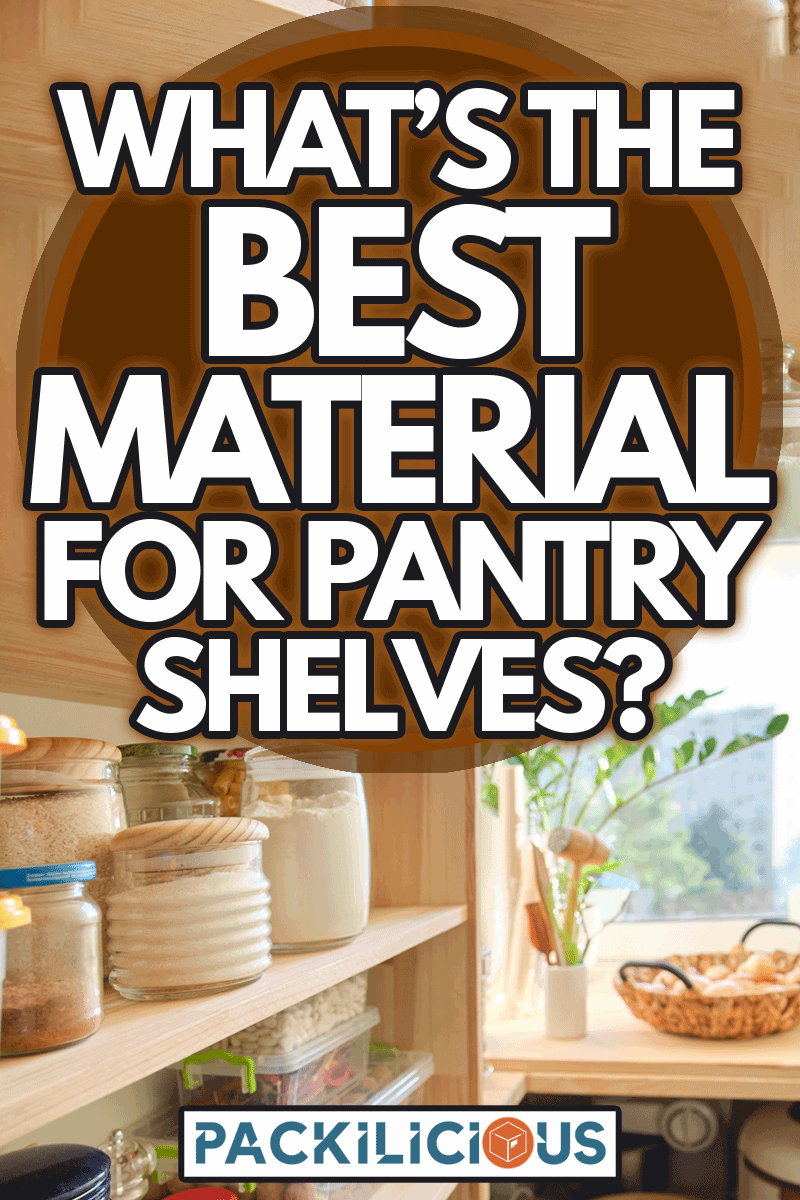
What are the different materials pantry shelves can be made of?
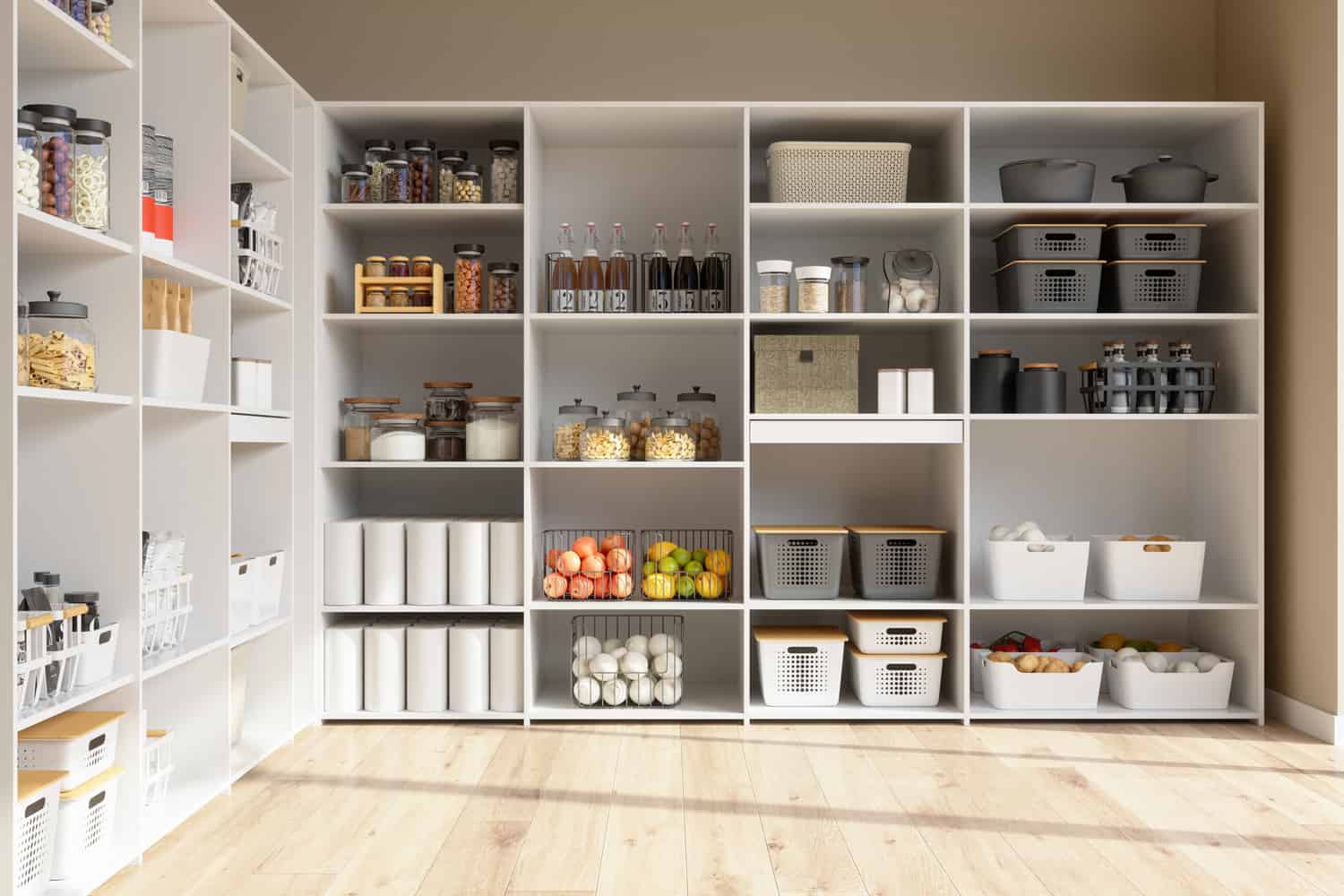
Wood
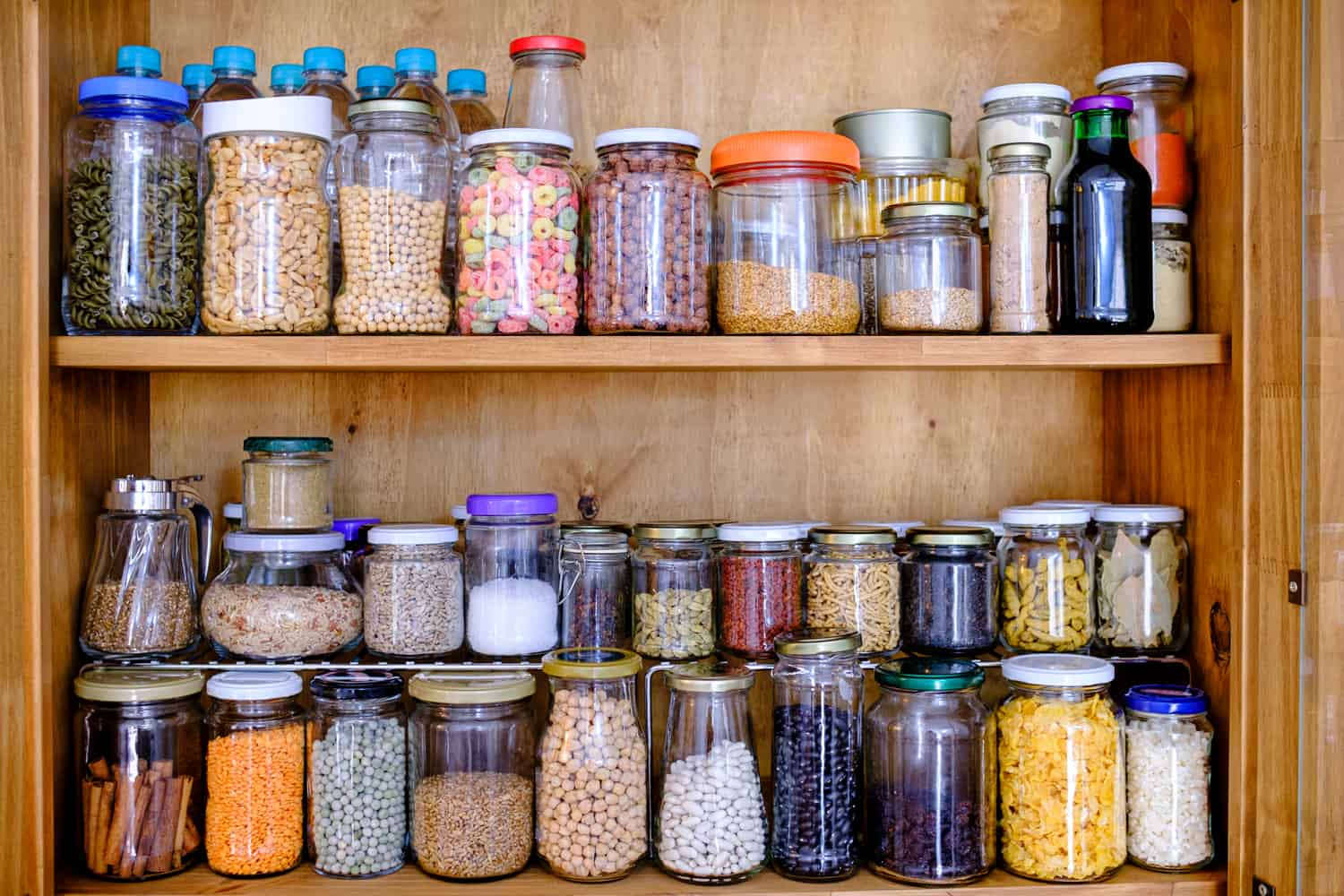
One of the most popular materials for pantry shelves is wood.
Wood is strong and durable, making it a good choice for heavy items. Plus, it's relatively easy to clean if there are any spills. However, wood can be expensive, and it isn't always the best choice for very moist or humid environments.
One common wood you could consider is plywood; it is strong and durable yet lightweight and easy to carry. It can also be cut to size, making it a versatile material for pantries of all shapes and sizes.
In addition, plywood is an inexpensive option for pantry shelves, making it a great choice for budget-minded homeowners.
Get plywood to build your pantry. - See it on Amazon.
Metal
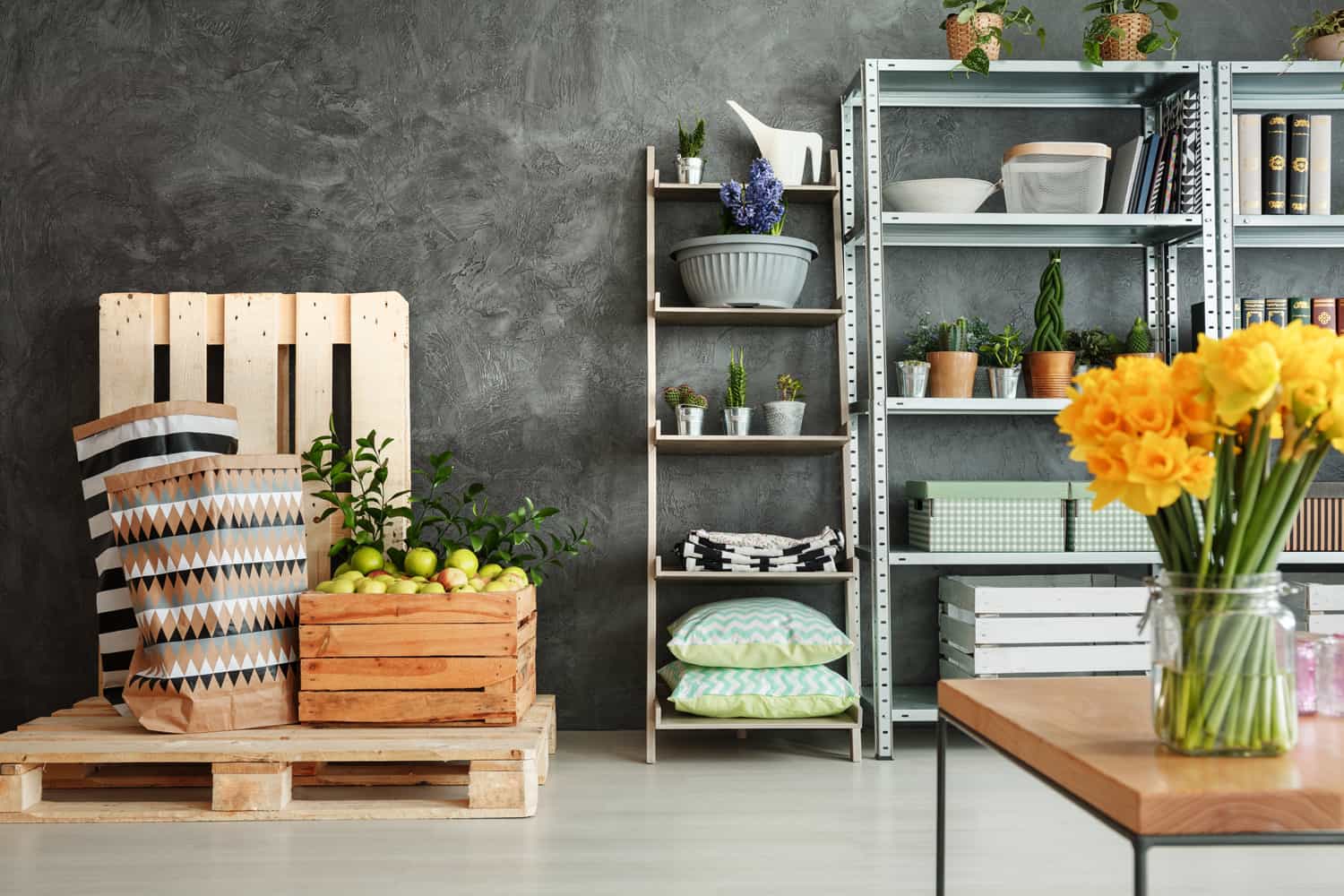
Another popular option is metal shelving. Metal is durable and easy to clean. It even comes in a variety of finishes that can complement any décor.
But then, it can rust over time once it gets exposed to moisture, so it's not the best choice for damp pantries.
Another thing to remember is that metal can be a bit noisy, so if you have young children or pets, you may want to consider another material.
Also, metal can be susceptible to scratches and fingerprint smudges depending on the finish you choose.
But with a bit of care, your metal shelves will look great for years to come as they can withstand heavy weight without warping or sagging over time. Plus, it won't absorb spills or odors like wood can. As a result, metal shelves are the perfect choice for busy pantries.
Order a metal frame for your pantry. Check it on Amazon.
Plastic
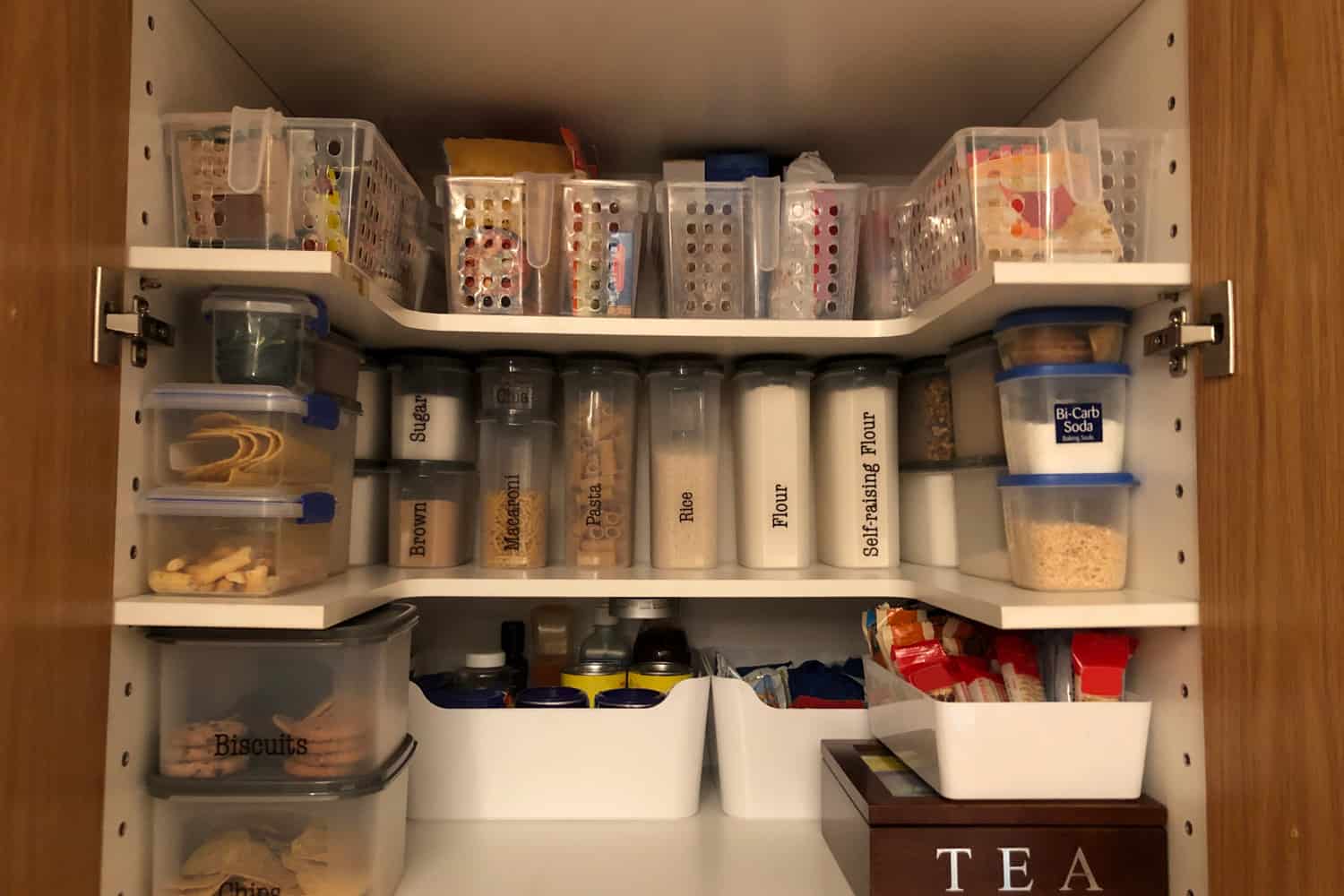
Plastic shelving is another option to consider. It's usually the most affordable material available, and it's easy to maintain. But then, it's not as durable as wood or metal and can sag if it's not properly supported.
Yet still, the good thing is that plastic shelves are also available in various colors and styles to match any décor. In addition, plastic shelves can be labeled easily, further adding to their organizational benefits.
And because they are lightweight, you can simply install plastic shelves and relocate them if necessary.
Get plastic storage for your pantry. - See it on Amazon.
Glass
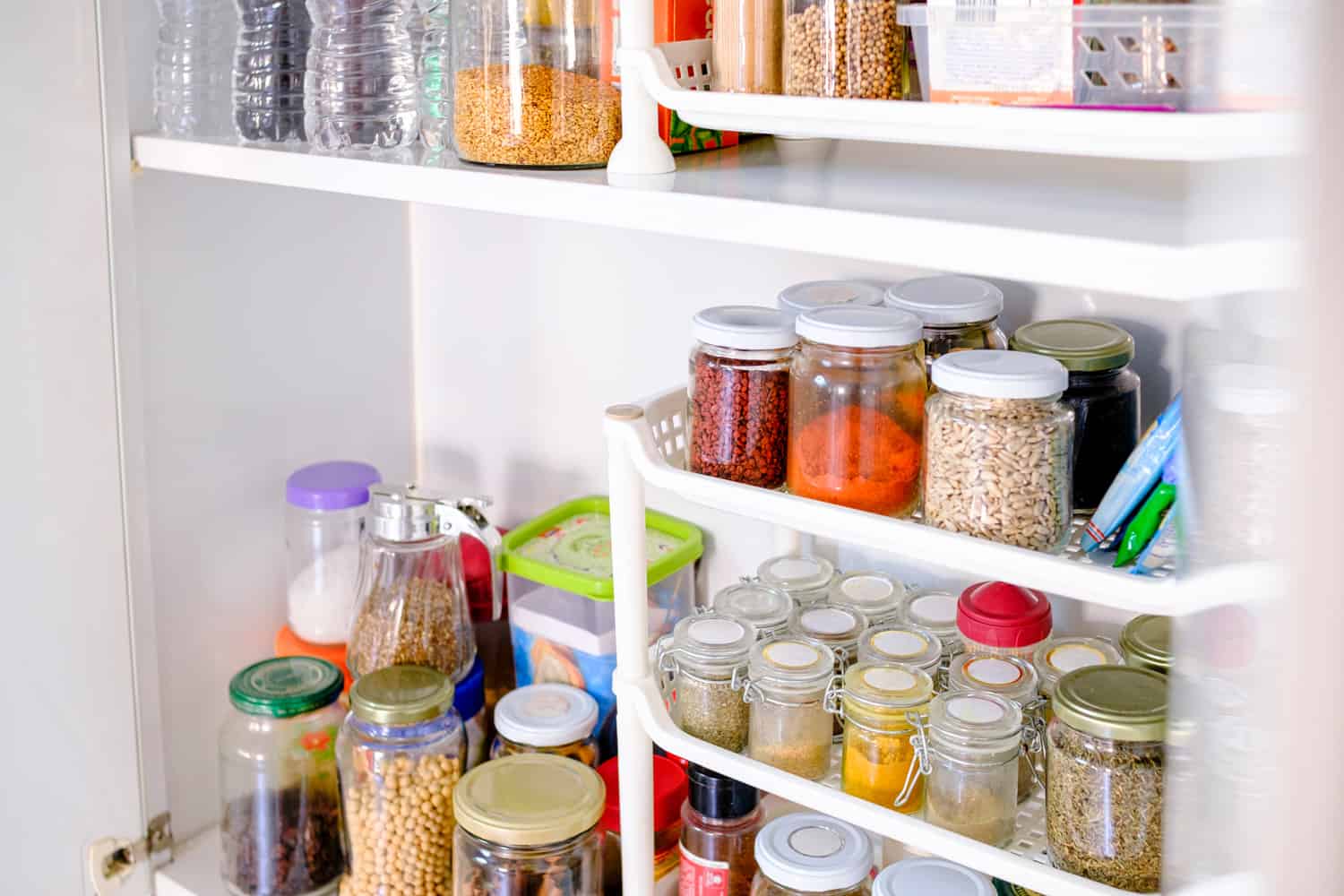
Glass is usually considered a fragile material, but it can actually be quite strong and durable. In addition to being scratch and heat resistant, glass is also non-porous, making it an ideal material for pantry shelves.
Pantry shelves can show many food items, and over time, wood and other porous materials can absorb spills and oily residue. This can lead to bacterial growth and make it challenging to keep the shelves clean.
Glass, on the other hand, can be easily wiped down. For these reasons, glass is an excellent choice for pantry shelves. Not only is it easy to keep clean, but it also has a sleek, modern look that can complement any kitchen décor.
Use glass for your pantry shelves. - View it on Amazon.
How to choose the material for your pantry shelves?

There are a few things to consider when choosing materials for your pantry shelves.
- First, think about what you'll be storing on the shelves. If you're planning on keeping canned goods or other heavy items, you'll need to ensure the shelves can support the weight.
- Second, consider how easy the shelves will be to clean. You'll want to choose materials that won't absorb spills, and you can easily wipe them down.
- Then, think about durability. You don't want your shelves to warp or sag over time, so choose materials that are long-lasting.
- Finally, consider your budget. Pantries can range in price from a few hundred dollars to several thousand dollars.
If you consider your needs, you can choose the best pantry suitable for your kitchen.
How to install pantry shelves made from your chosen material?

Once you have decided on a material, here are things you need to do:
- You need to measure the space where you want to install the shelves.
- Cut the shelving material to size, and then use screws or nails to secure the shelves to the wall.
- Make sure that the shelves are level before adding any food or containers.
- Then, start organizing your pantry by grouping items together. You can store heavier items on lower shelves, and lighter items on higher shelves. This will make it easier to find what you need, and it will help keep your pantry organized.
What thickness should pantry shelves be?
There are many factors to consider when planning the perfect pantry. While the size of the space may be the most important factor, the depth of the shelves is also crucial.
For optimal function, pantry shelves should be 16 inches to 20 inches deep. This ensures that there is enough space to store all of your food items without having them crammed together.
In addition, deeper shelves make it easier to reach items that are stored in the back. If your pantry is on the smaller side, you may consider installing deeper shelves to make the most of your space.
Whatever depth you choose, make sure it works for your needs and gives you the storage you desire.
What is a good height for pantry shelves?
Pantry shelves that are too high can be difficult to reach, making it frustrating to retrieve items. On the other hand, too low shelves can make it difficult to see what is stored on them.
For this reason, it is generally recommended that pantry shelves be placed 20 to 24 inches from the floor. This height provides a good balance between accessibility and visibility, making it easier to keep your pantry organized and tidy.
How wide should a pantry be?
One of the most important considerations when planning a pantry is width. Too narrow, and it will be difficult to reach items at the back; too wide, and it will be challenging to keep track of what you have on hand.
A general rule of thumb is that a pantry should be at least 24 inches wide but no more than 48 inches. This will give you enough space to easily access items while keeping the pantry orderly.
Of course, the actual width of your pantry will depend on the amount of space you have available. If you have a limited amount of space, you may need to make do with a narrower pantry; if you have a large kitchen, you may be able to create a walk-in pantry.
What are the different pantry designs?
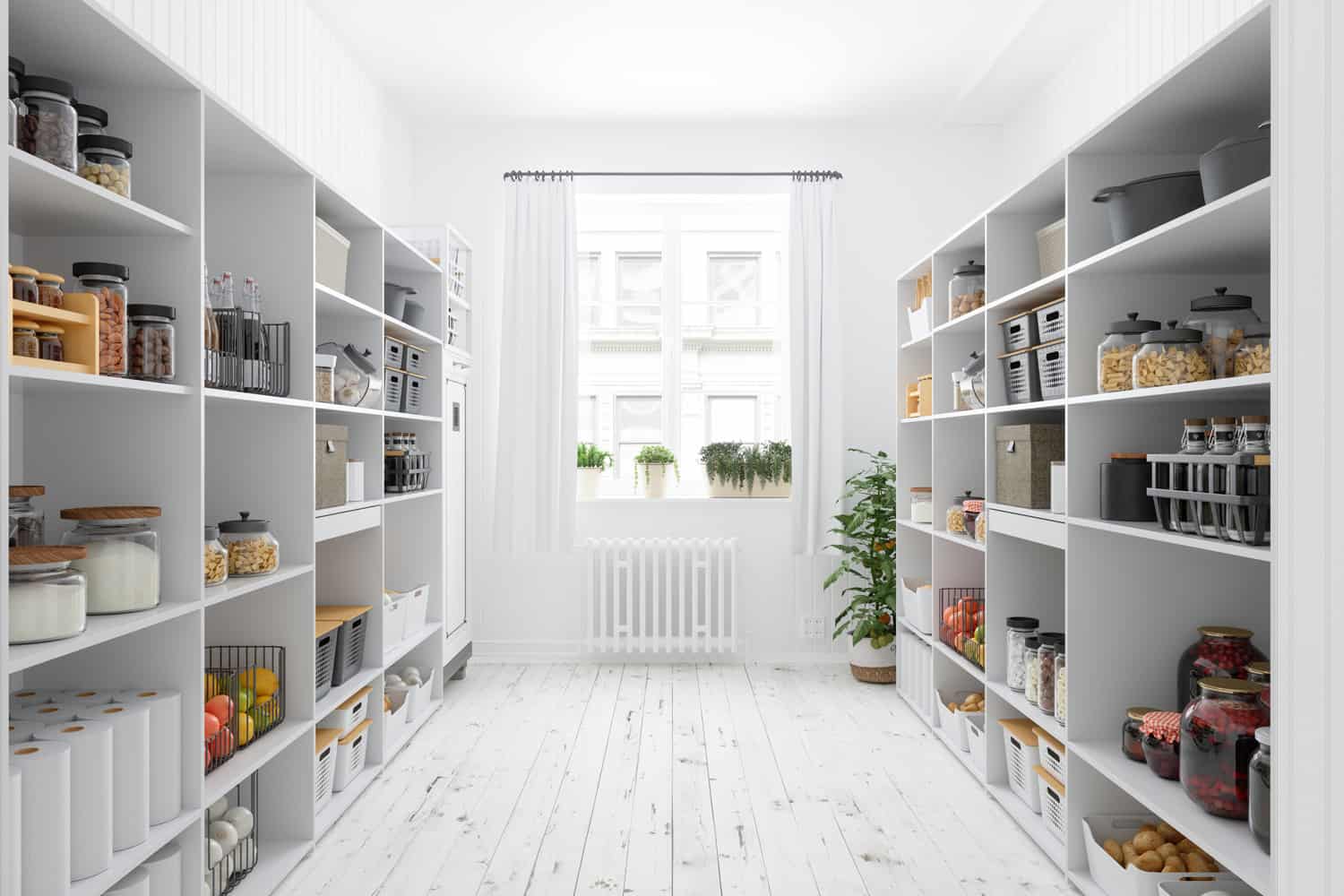
There are four main pantry designs: the batwing, the sliding barn door, the slideout, and the under-the-stairs pantry. Each has its own advantages and disadvantages, so choosing the right one for your home is important.
Batwing
The batwing pantry is one of the most space-efficient designs, as it only takes up as much space as a door when it's open. However, it can be difficult to reach items at the back of the pantry, and it's not very visually appealing.
Sliding Barn Door
The sliding barn door pantry is a more stylish option, but it can be hard to keep track of where everything is. Additionally, this design requires a bit more space to open and close the doors.
Slideout
A narrow slideout pantry is a great way to save space in your kitchen. It provides easy access to your food and spices while taking up less space than a traditional pantry.
Slideout pantries also make it easier to keep your kitchen organized. You can keep all of your food items in one place, making it easier to find what you need when you're cooking.
Under-the-stairs
The under-the-stairs pantry is an excellent option if you have limited space, but it can be difficult to keep organized. Additionally, this design does not allow much natural light to enter the pantry.
What are the different pantry styles you can do?
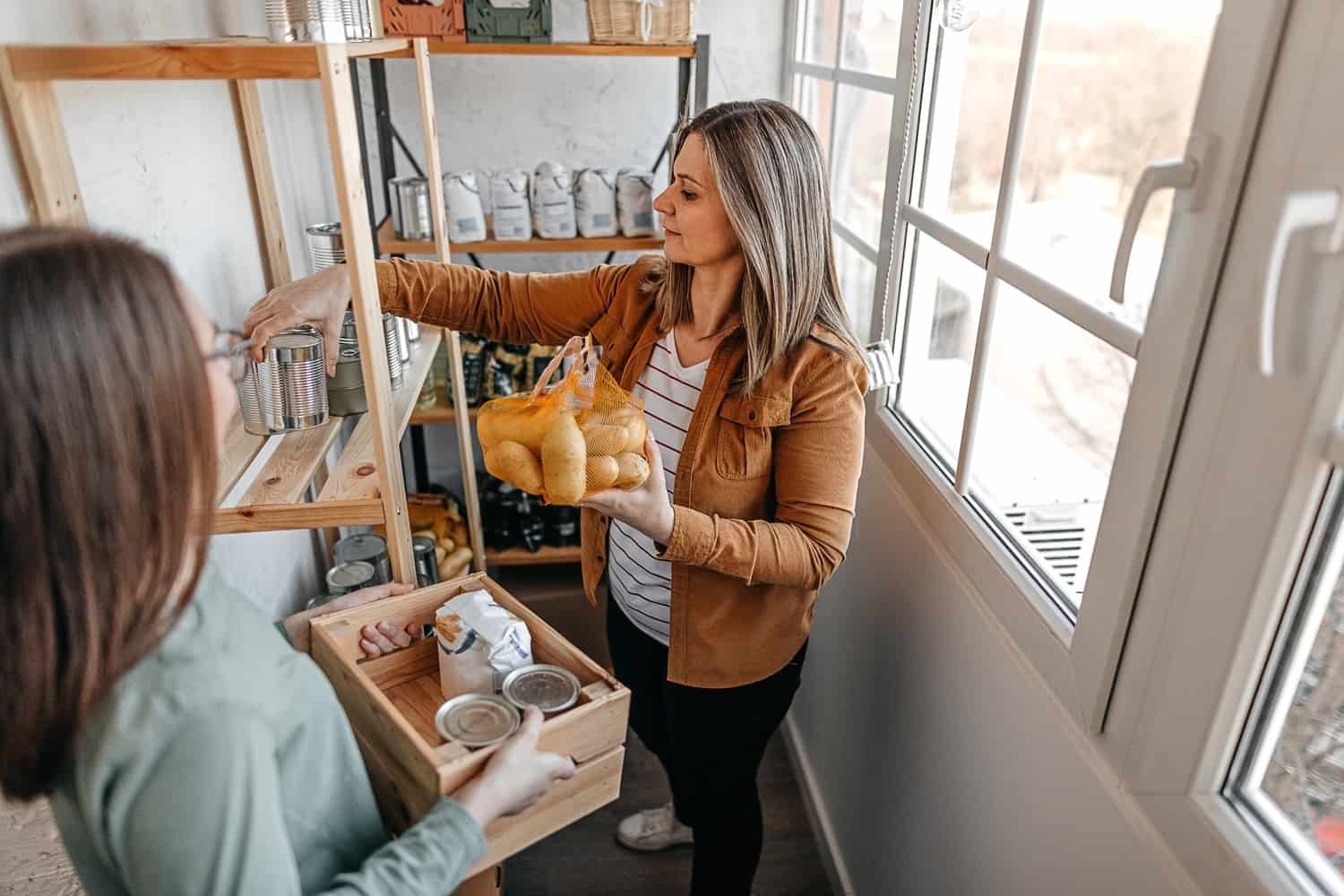
There are many different ways to style a pantry.
One popular approach is to organize the space by food type. For example, you can store all canned goods together, while dry goods such as pasta and cereal can be kept in another area. This approach makes it easy to find what you need and can help to prevent food from going bad.
Another common pantry style is to organize by usage. For example, you can put items you regularly or daily use at eye level, while you can place infrequently used items on higher shelves or in the back of the pantry. This approach helps maximize efficiency and makes it easier to keep the pantry tidy.
But take note that there is no right or wrong way to style a pantry. The best approach is the one that works for you and your family.
Final Thoughts
So, what is the best material for pantry shelves? Well, that answer may depend on your needs and preferences. Review the list above and decide on the best choice for your pantry. But remember, no matter what material you choose, it is vital to maintain them properly for longer use.
To learn more ideas on storing food and other items, check out these posts:





